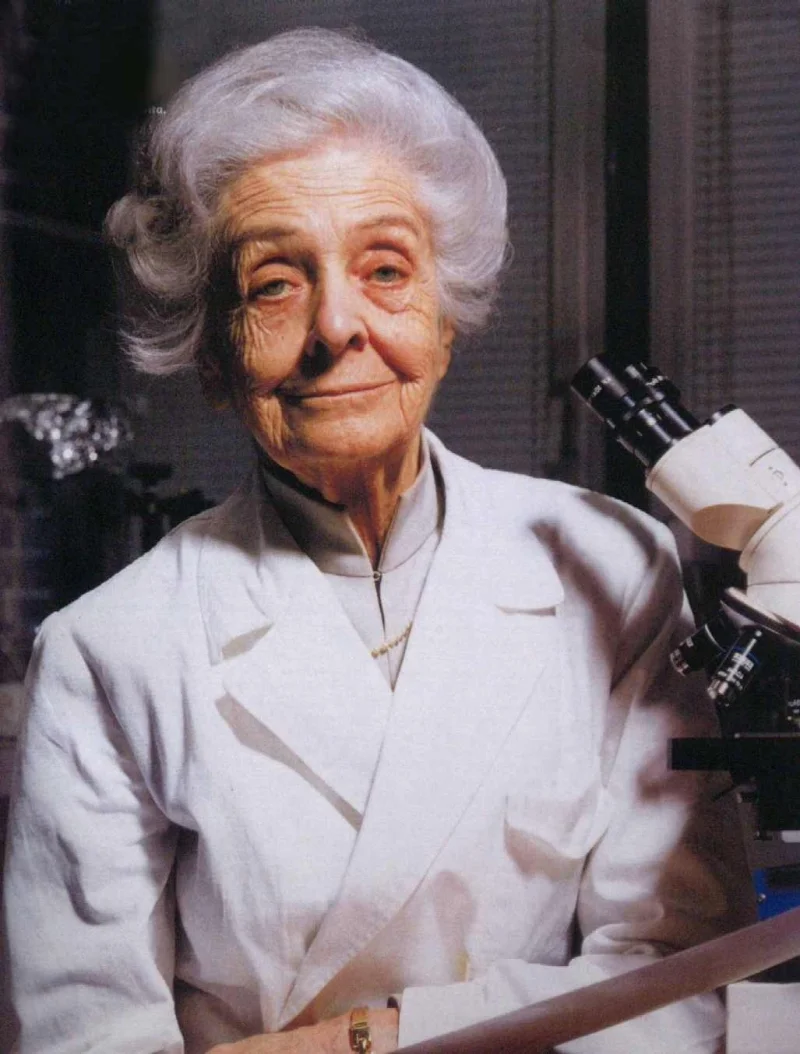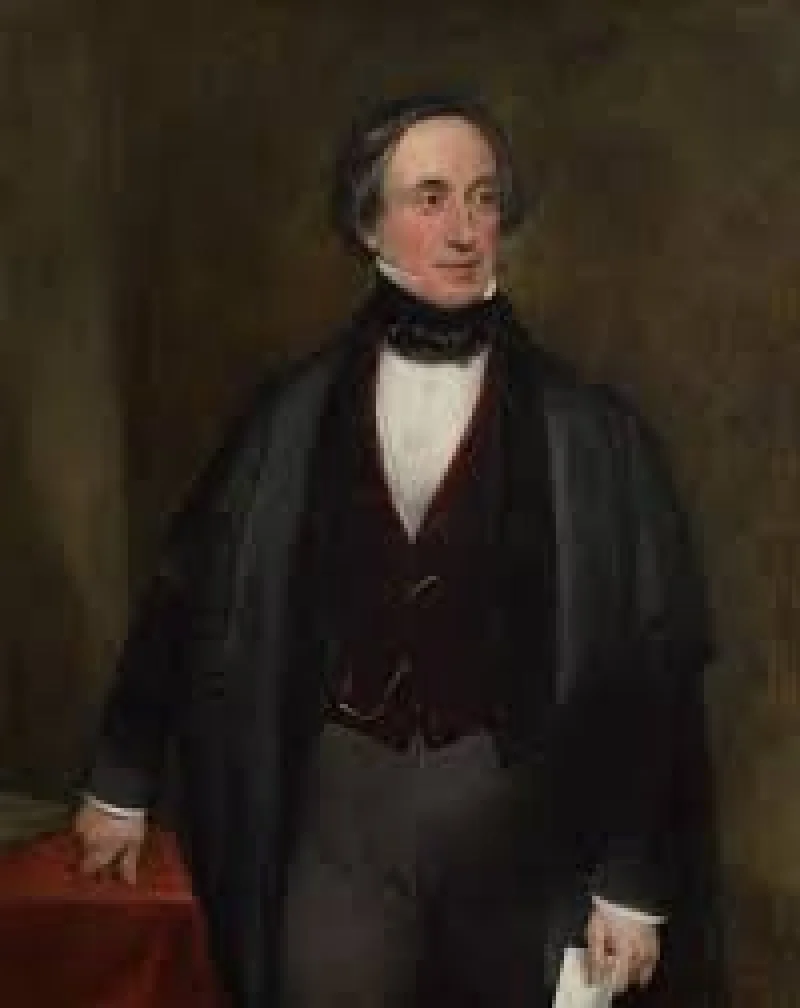Short Summary
Barbara McClintock was a pioneering American scientist renowned for her groundbreaking work in the field of genetics. Her discovery of "jumping genes" or transposable elements fundamentally changed our understanding of genetic regulation and inheritance. Her contributions earned her the Nobel Prize in Physiology or Medicine in 1983, making her the first woman to receive an unshared Nobel Prize in that category. McClintock's work continues to influence genetic research and has cemented her legacy as one of the most important figures in the history of genetics.
Early Life & Education
Born on June 16, 1902, in Hartford, Connecticut, Barbara McClintock was the third of four children in her family. Her parents, physician Thomas Henry McClintock and Sara Handy McClintock, encouraged her independence and intellectual curiosity. Barbara displayed an early interest in science, which was nurtured through her education at Erasmus Hall High School in Brooklyn. She pursued her undergraduate and doctoral studies at Cornell University, where she obtained a Ph.D. in botany in 1927. At Cornell, she was profoundly influenced by her professors, who introduced her to the emerging field of genetics, setting the stage for her future groundbreaking work.
Career Highlights
Barbara McClintock's career was marked by significant achievements in cytogenetics. She began her research on maize at Cornell, where she developed techniques to visualize chromosomes and studied genetic recombination. In the 1940s and 1950s, while working at Cold Spring Harbor Laboratory, she discovered transposable elements, a revolutionary finding that challenged the prevailing understanding of the genome as a static entity. Despite initial skepticism from the scientific community, her work gained recognition over time and became a cornerstone of modern genetics. In 1983, her contributions were honored with the Nobel Prize in Physiology or Medicine.
Major Achievements
- Discovery of transposable elements: McClintock identified "jumping genes," which can move within and between chromosomes.
- Nobel Prize in Physiology or Medicine (1983): She received this prestigious award for her pioneering discovery of mobile genetic elements.
- Development of cytogenetic techniques: McClintock's methods for studying maize chromosomes advanced genetic research significantly.
Famous Quotes
- "If you know you are on the right track, if you have this inner knowledge, then nobody can turn you off… no matter what they say."
- "Every time I walk on grass, I feel sorry because I know the little secrets that are going on underfoot."
Interesting Facts
- Barbara McClintock was one of the first women to study at Cornell University’s College of Agriculture.
- Her work on transposable elements was initially met with skepticism and took decades to be fully appreciated.
- She was awarded the National Medal of Science in 1970, long before her Nobel Prize recognition.
- McClintock never married, dedicating her life to research and science.
Legacy / Influence
Barbara McClintock's discovery of transposable elements has had a profound impact on the field of genetics. Her work opened new avenues for research into genetic regulation, mutation, and evolution. Her perseverance in the face of skepticism has inspired countless scientists, particularly women in STEM fields. Her legacy continues to shape contemporary genetic research and our understanding of genome dynamics.
FAQ
Q: Why is Barbara McClintock famous?
A: She is famous for discovering transposable elements in genetics.
Q: What major award did she receive?
A: She received the Nobel Prize in Physiology or Medicine in 1983.
Q: What was her primary area of research?
A: Her primary area of research was cytogenetics, focusing on maize chromosomes.












